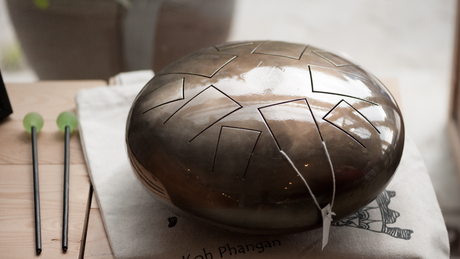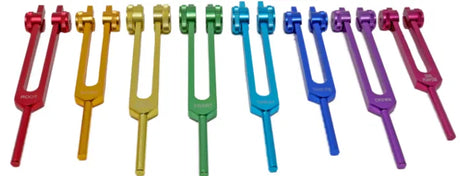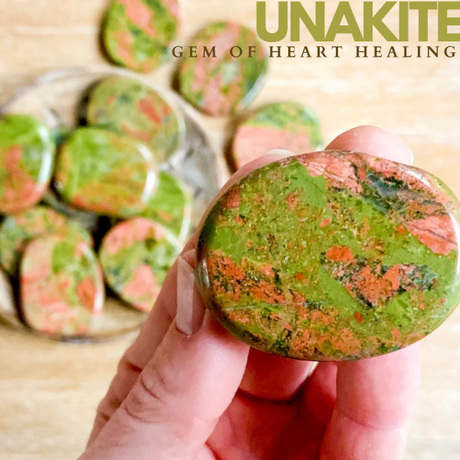Start by unplugging your fountain’s pump. Even occasional running water during freezing temps can damage the internal components, especially if ice forms overnight. It’s best to shut the system down entirely to prevent unnecessary wear.
2. Drain the Water
Water left in the basin or inside the pump can freeze, expand, and cause cracks in the stone or plastic. Use a sump pump or wet-dry vac to remove all the water from the basin. Towel-dry any remaining puddles, especially in carved crevices or hard-to-reach areas, to avoid trapped moisture.
3. Clean the Outdoor Fountain Thoroughly
Before covering it for the season, clean the entire fountain—basin, stones, and pump. Remove algae, leaves, and sediment. A mild soap and soft brush work well for general cleaning, while spraying a 50/50 solution of water and muriatic acid mixed in a weed control sprayer can tackle hard water stains or mineral deposits (use gloves and eye protection when applying the acid). Apply, let it sit for 5-10 minutes, rinse and repeat as needed. A clean surface not only prevents freezing gunk in place but keeps your stone fountain looking pristine when spring arrives.
4. Store the Pump Indoors
If your pump is removable, disconnect it and let it dry completely. Store it indoors in a warm, dry place to prevent rust or mold from forming during the off-season. For in-ground systems or built-in pumps, consult your manufacturer or installer for best practices.
5. Cover the Fountain Properly
Use a waterproof, breathable cover that shields the fountain from rain, dust, and winter debris. A fitted fountain cover works best, but a high-quality tarp will do in a pinch—just ensure it’s tightly secured and not trapping moisture. Avoid plastic sheets that hold in humidity and create mold or discoloration.
6. Check on It Periodically
Even after winterizing, don’t forget about your fountain entirely. Check on it occasionally throughout the season to clear away any debris, make sure the cover is intact, and ensure no moisture is pooling underneath.














